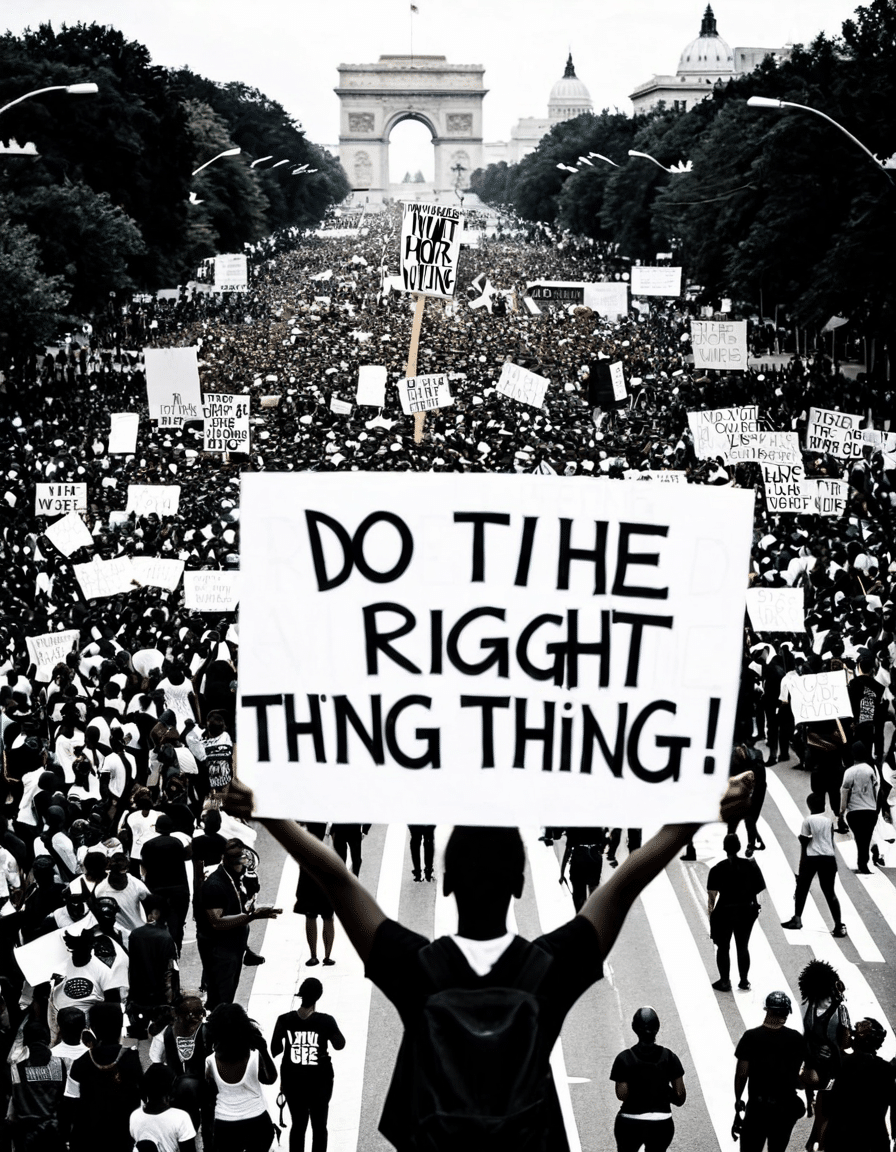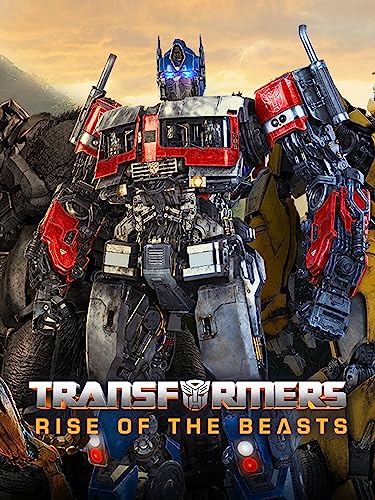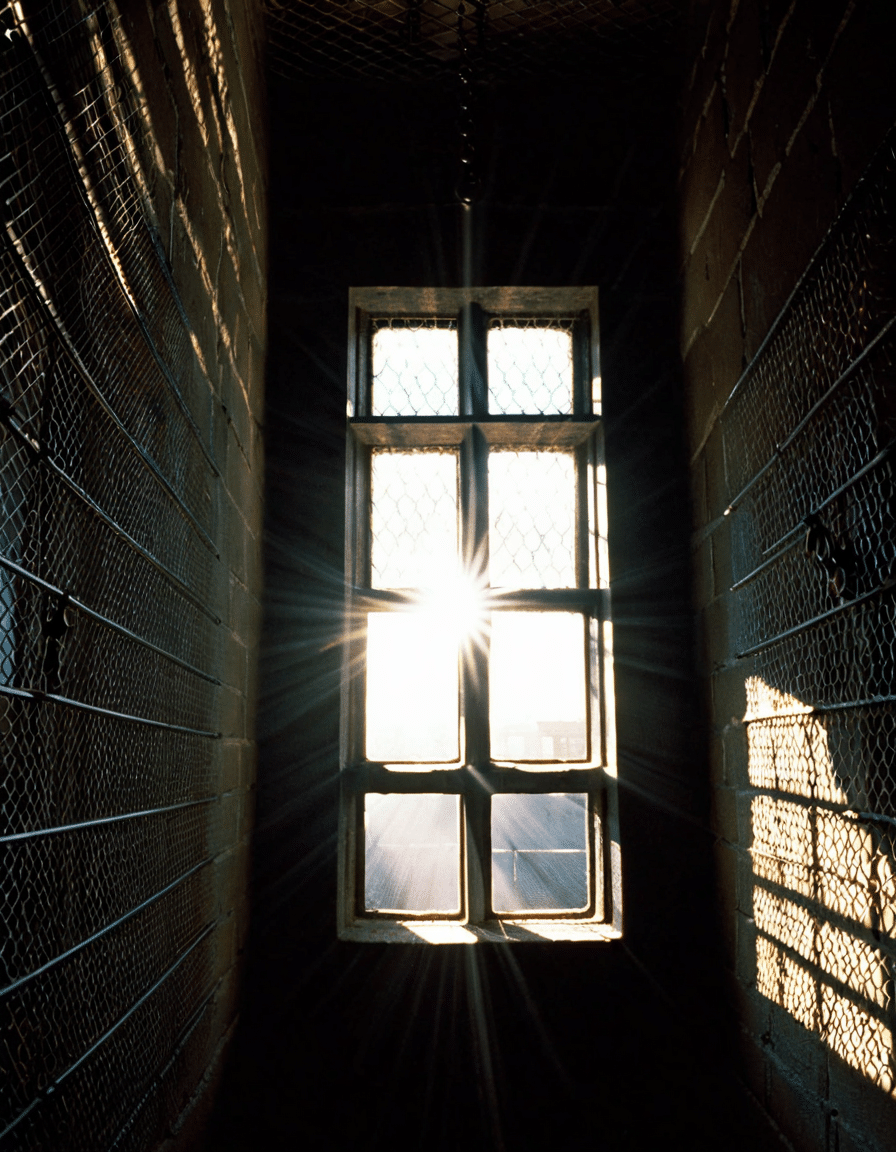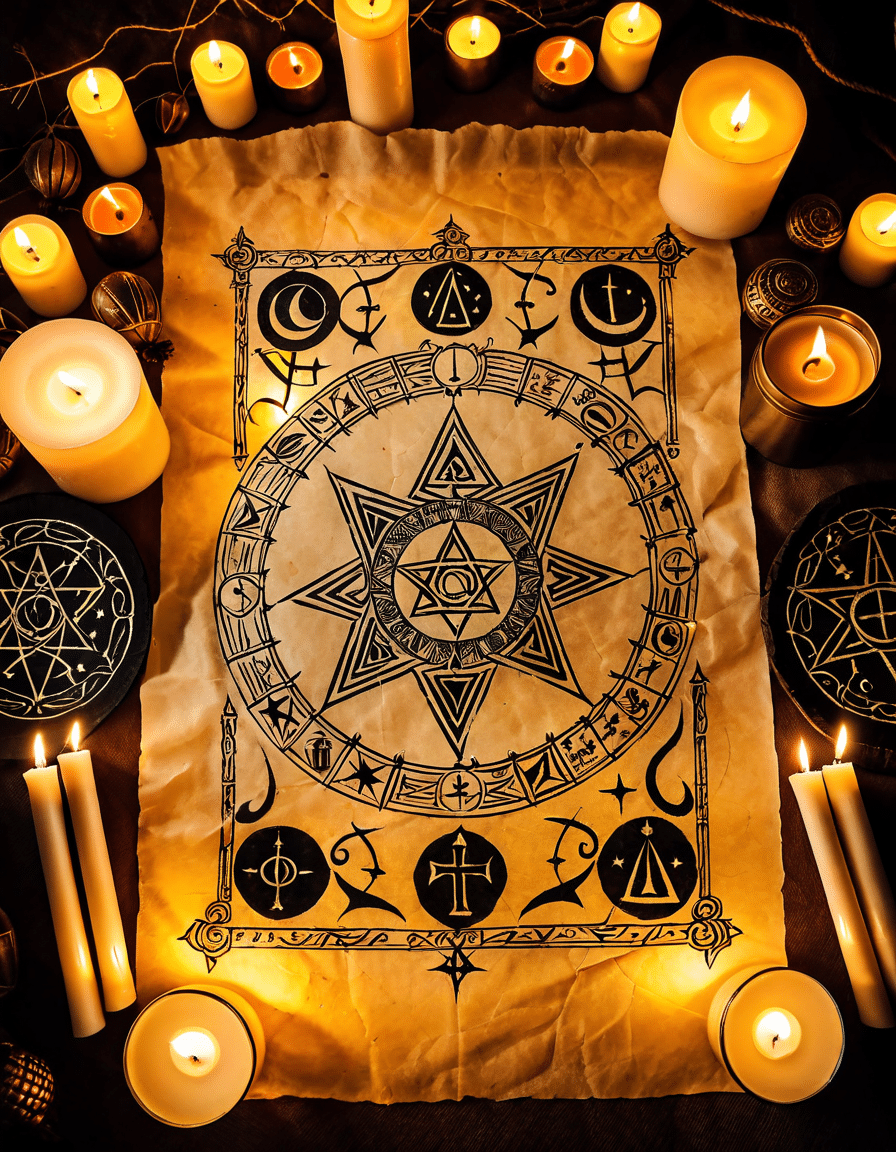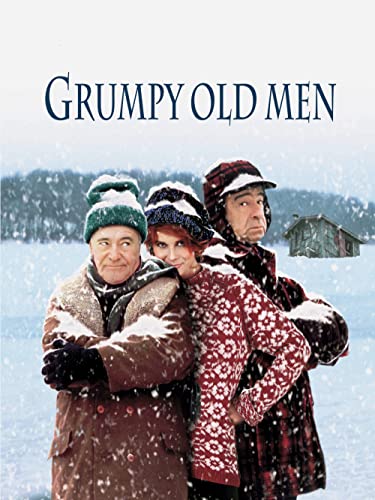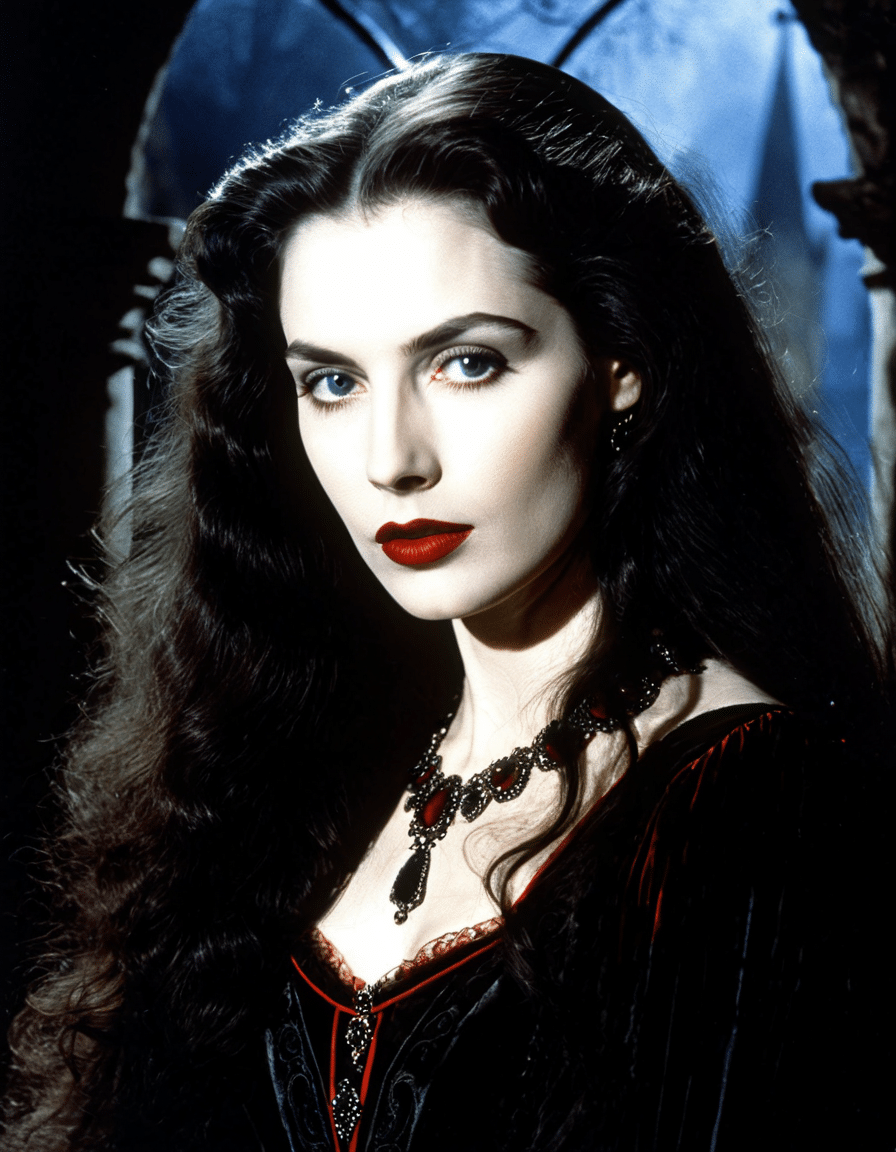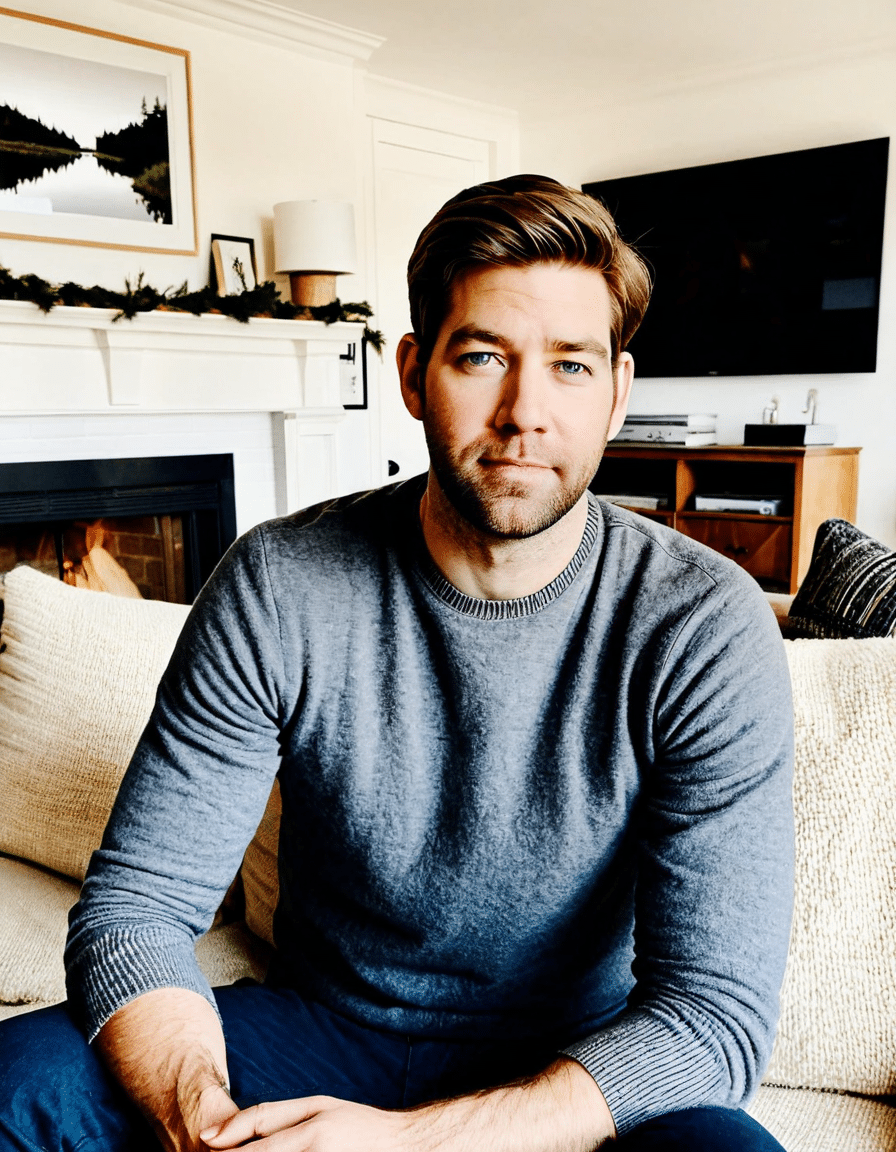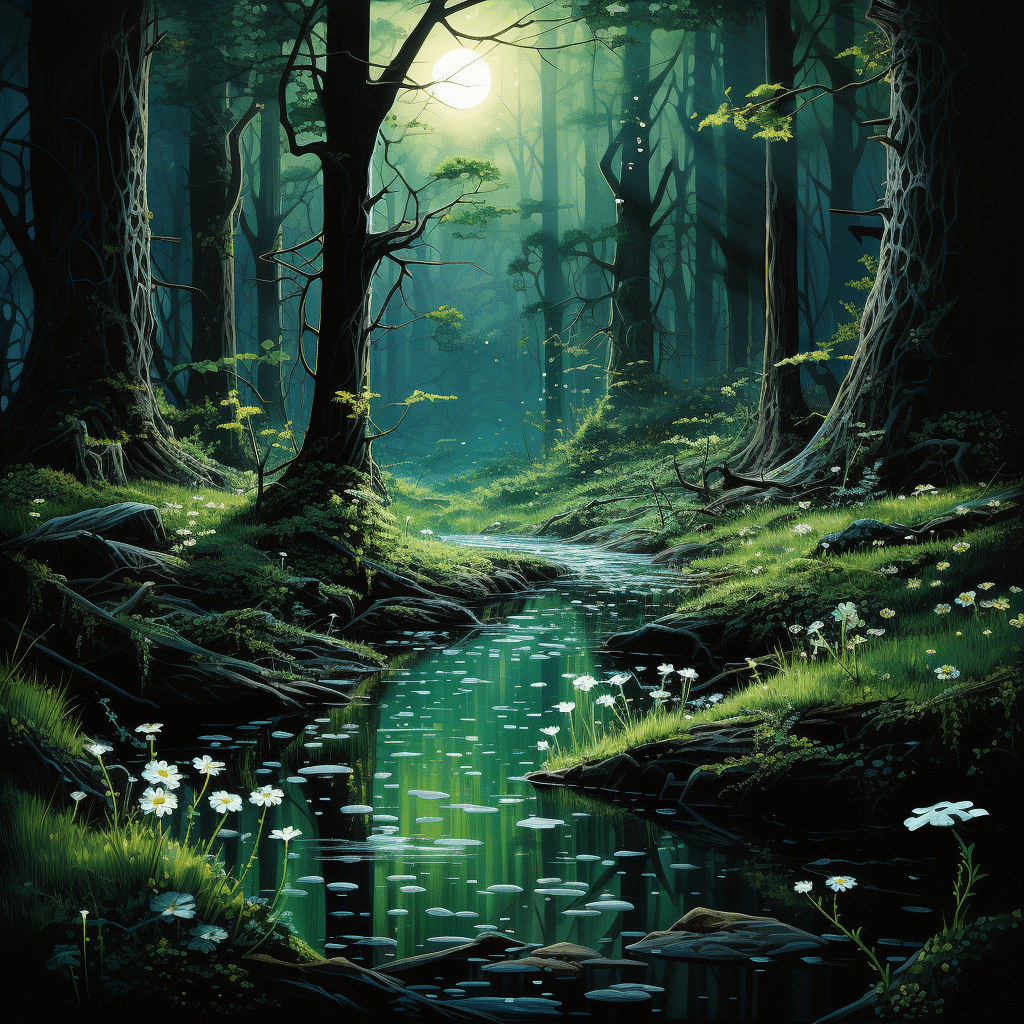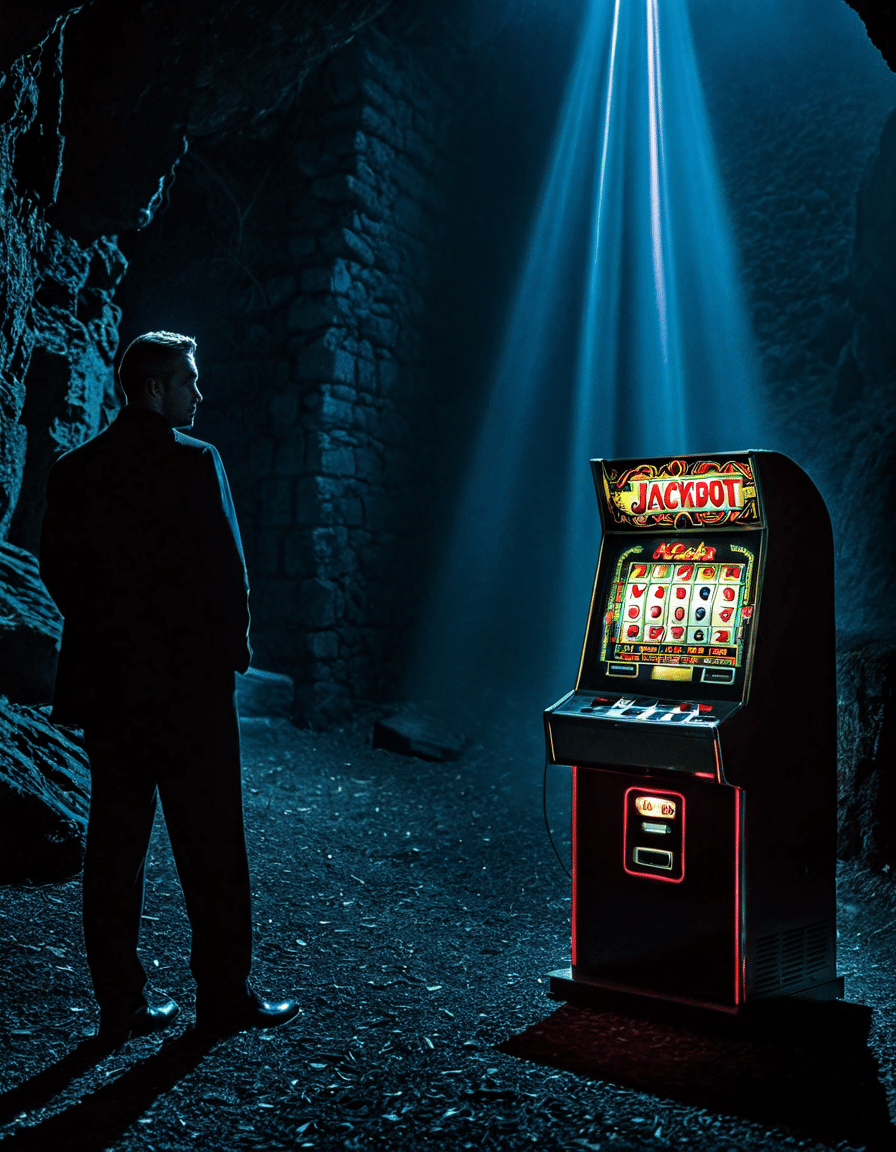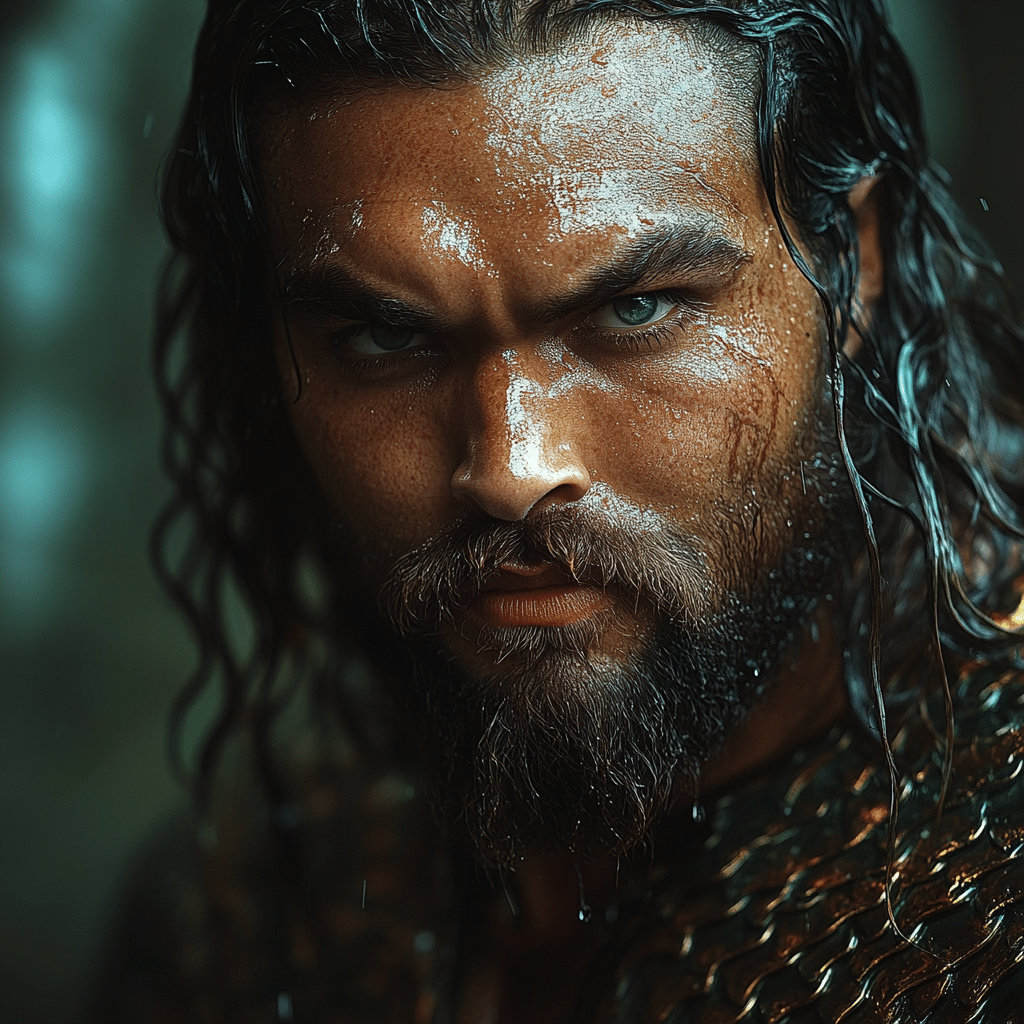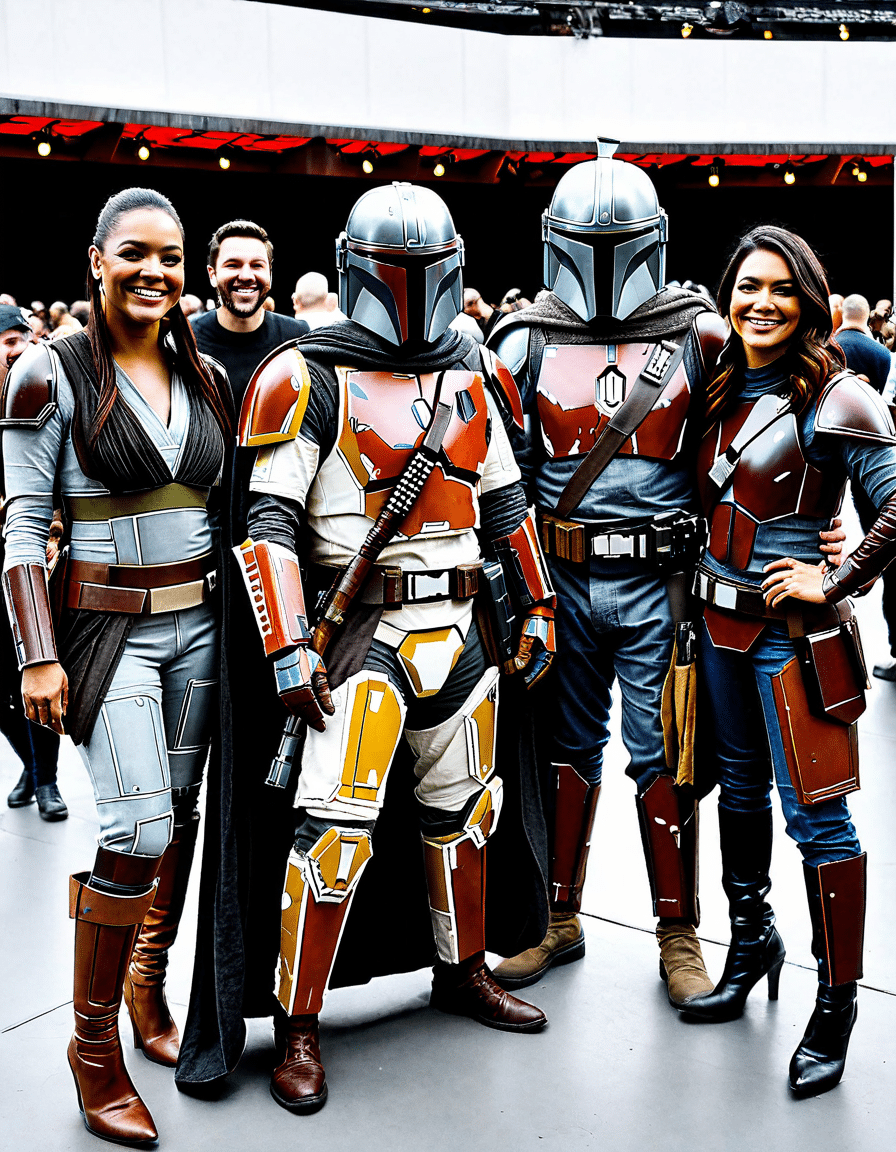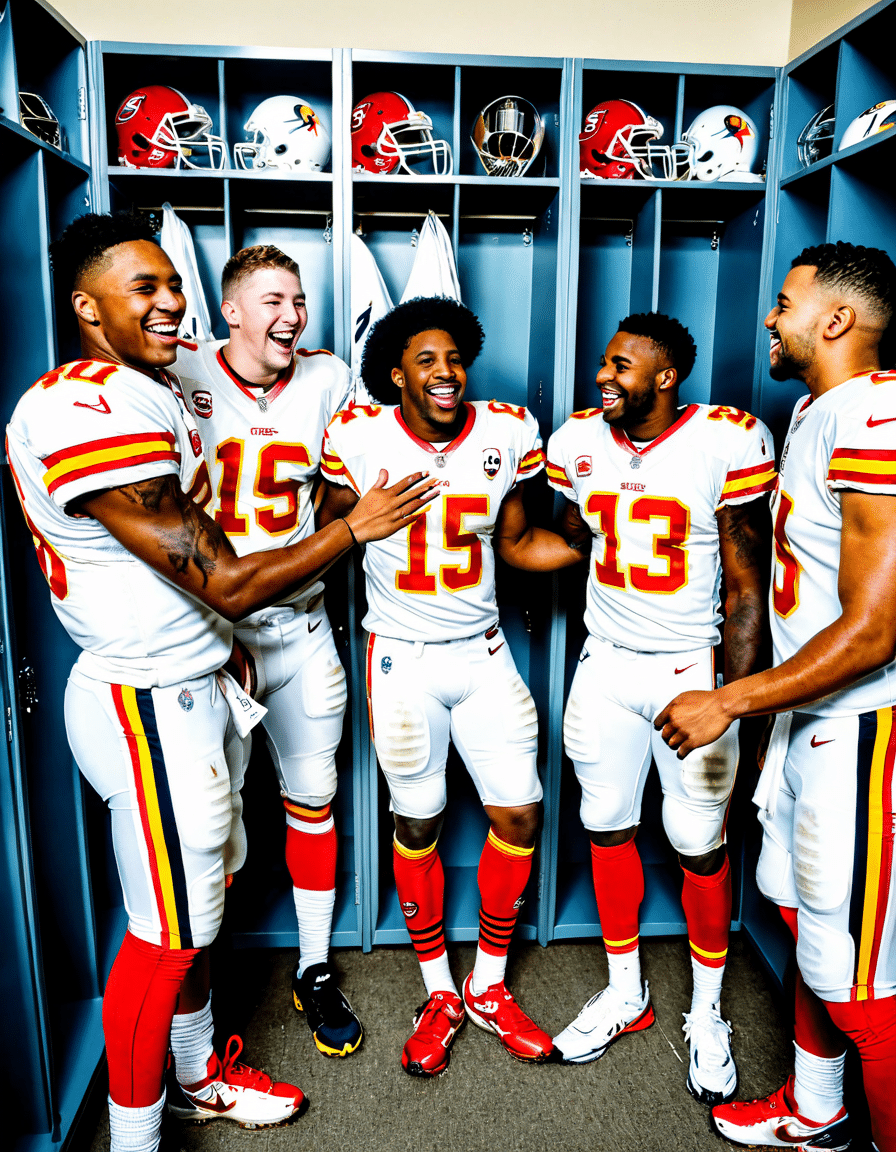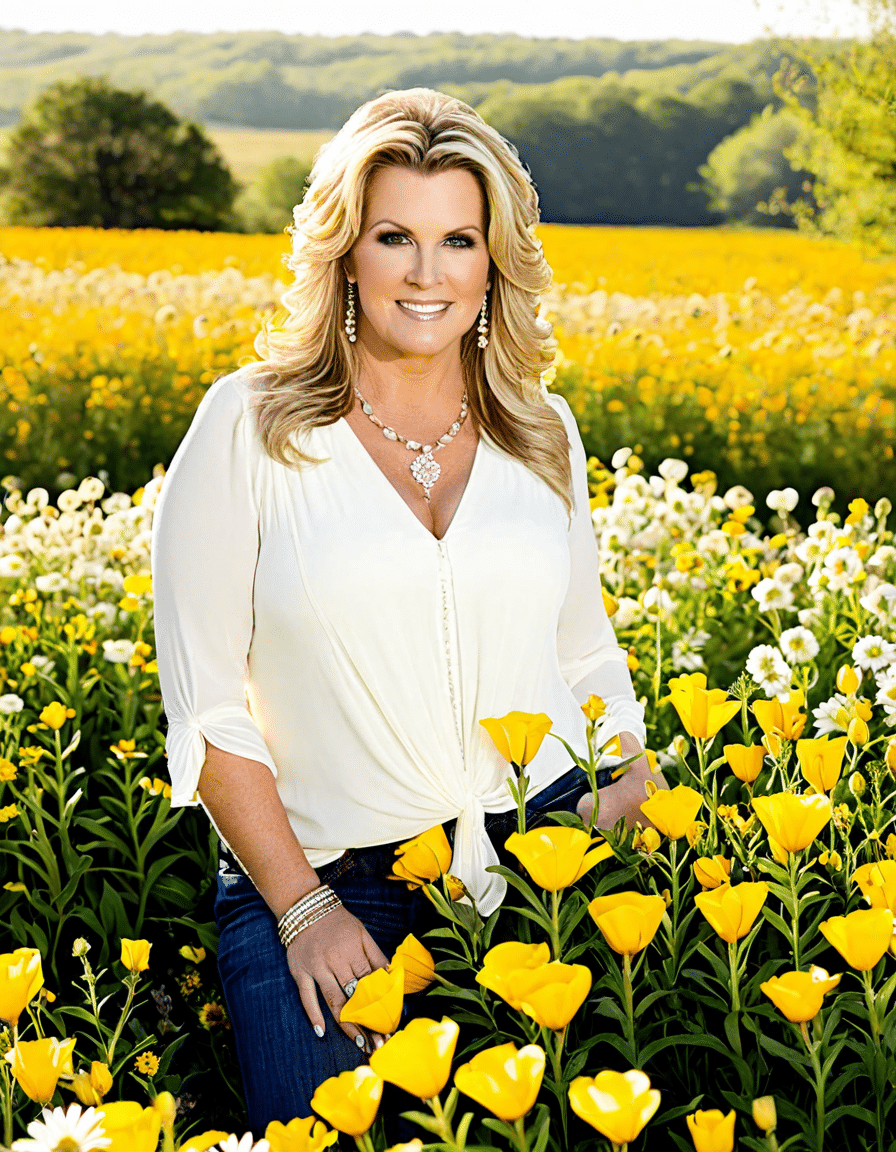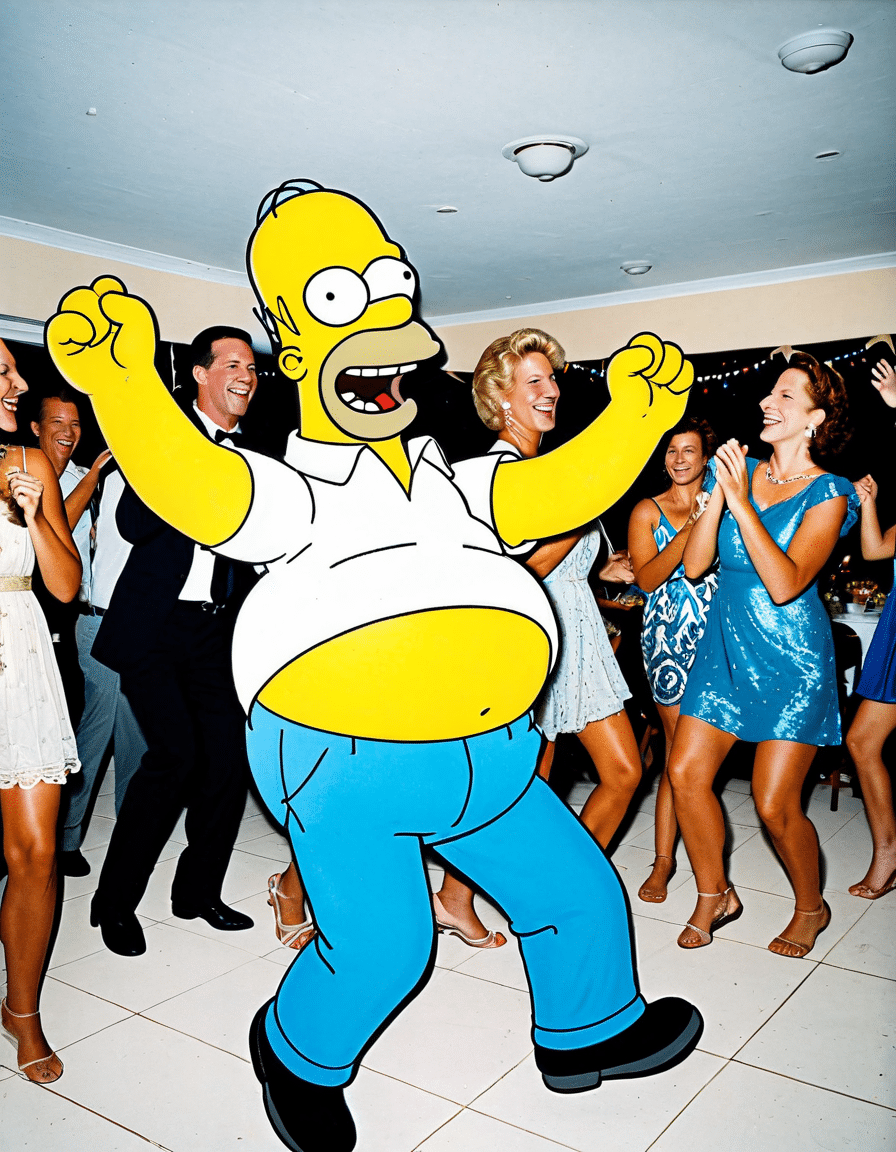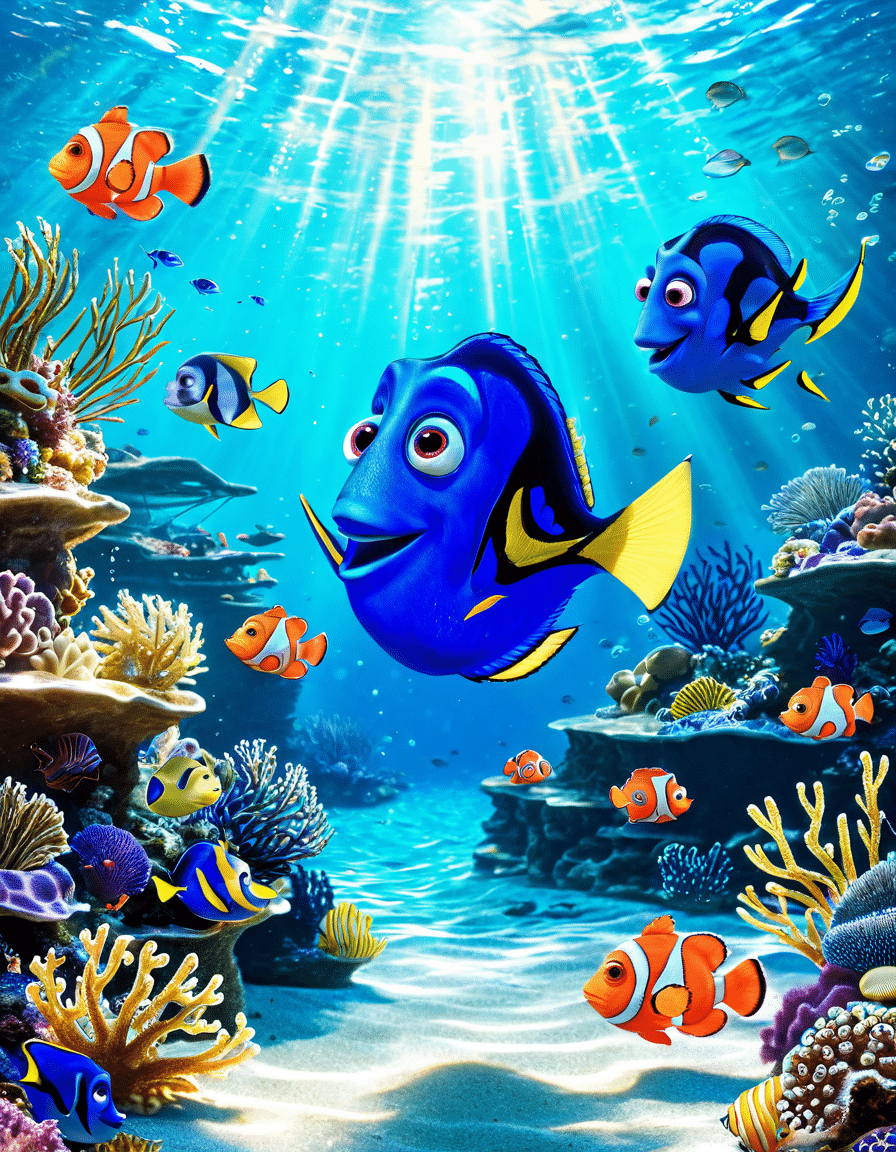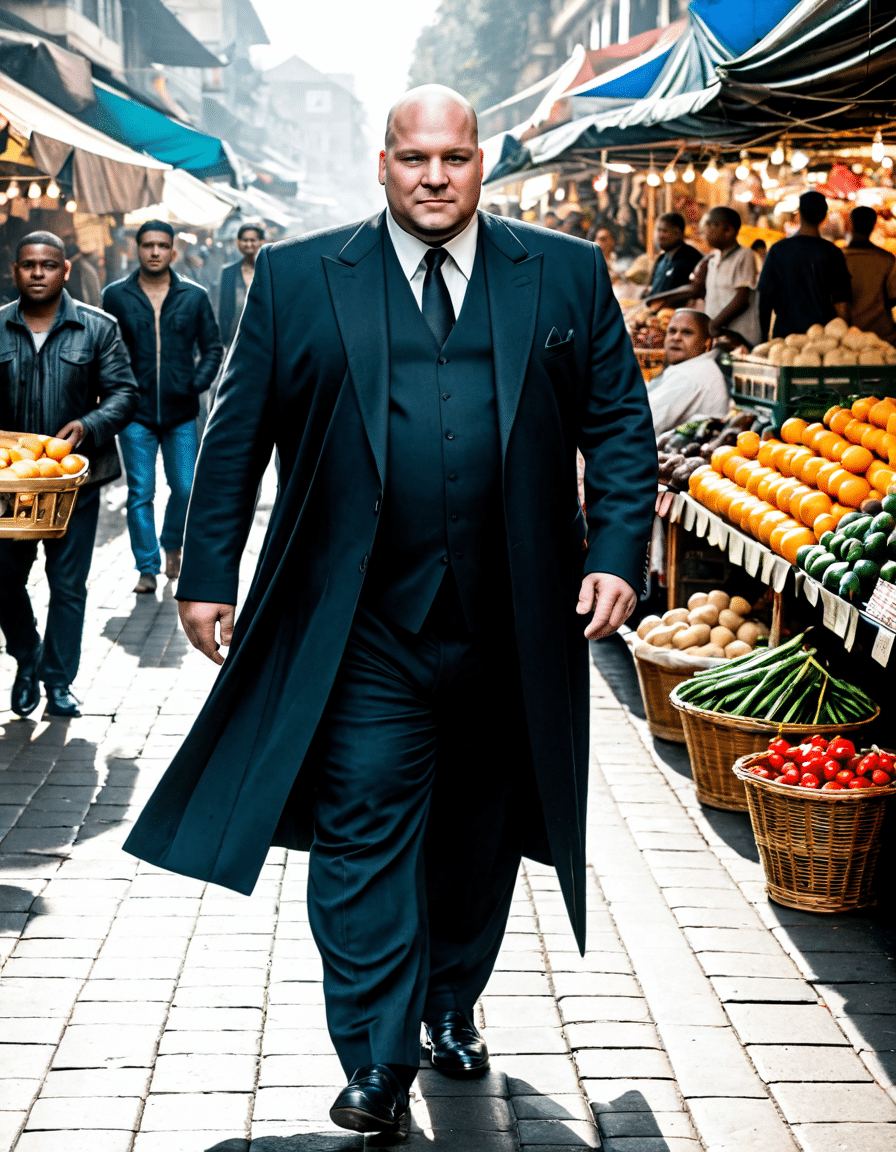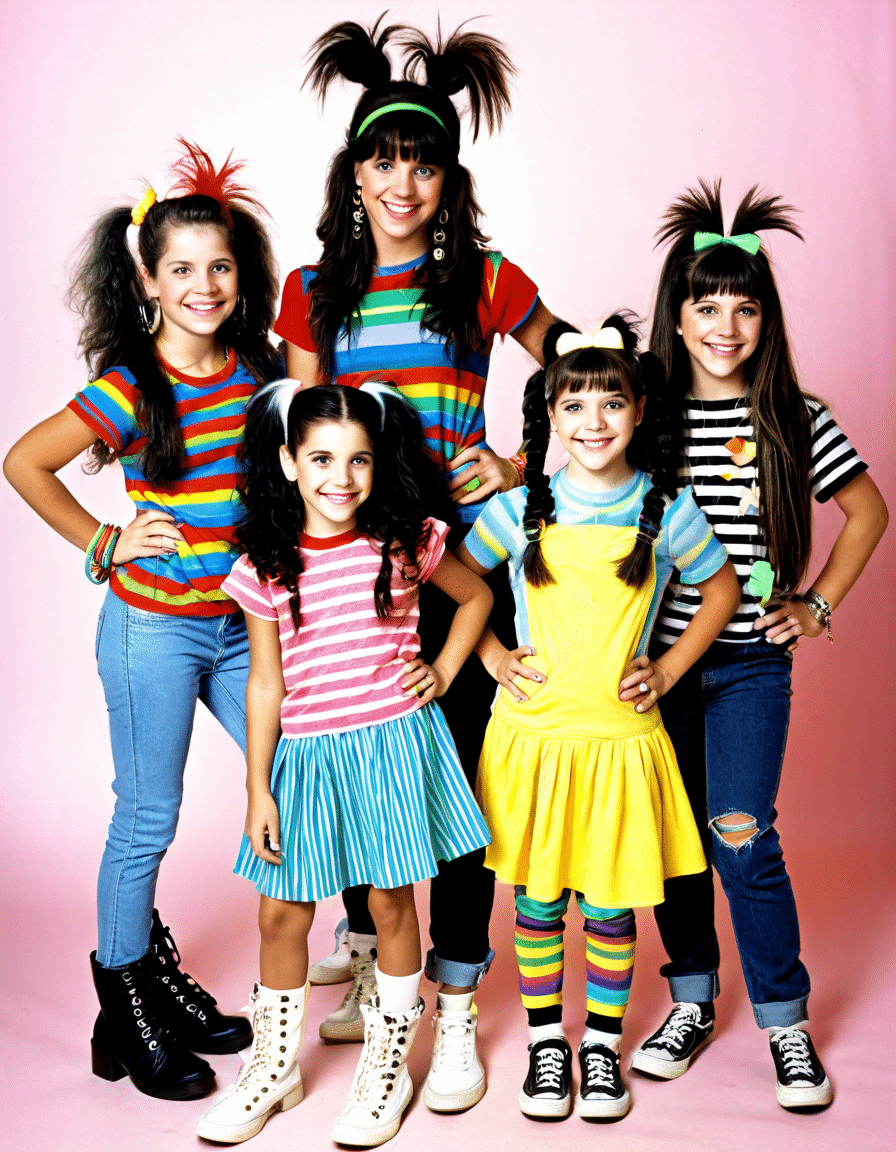Spike Lee’s groundbreaking film, Do the Right Thing, released in 1989, is more than just a cinematic masterpiece; it’s a cultural touchstone that boldly confronts issues like racism, community dynamics, and social responsibility. It’s safe to say that Do the Right Thing hasn’t just garnered critical acclaim; it’s left an indelible mark on modern filmmaking and society at large. As we dive deep into its impact, let’s reflect on how this film continues to inspire conversations and activism while reminding us all of the importance of doing the right thing.
![Do the Right Thing | Restored Trailer [HD] | Coolidge Corner Theatre](https://www.motionpicture-magazine.com/wp-content/cache/flying-press/ab109a6b34fc4e0030fb4a68f6d73319.jpg)
7 Ways ‘Do The Right Thing’ Influenced Modern Filmmaking
1. Challenging Racial Stereotypes
First off, let’s talk about how Do the Right Thing challenges racial stereotypes. Spike Lee didn’t just scratch the surface; he got right into the nitty-gritty of racial tensions that simmer under the surface of society. Filmmakers like Jordan Peele have taken note, crafting flicks like Get Out (2017) that brilliantly spotlight race relations today. The raw, honest portrayal of racial issues in Lee’s film paved the way for others, encouraging filmmakers to face uncomfortable truths head-on. It’s like Spike handed out a creative playbook that says, “Hey, don’t shy away from the tough topics!”
2. Realism in Storytelling
Moving on, realism is another key ingredient that Do the Right Thing brought to the feast. Lee opted for intricate narratives that feel genuine, a trend that filmmakers like Barry Jenkins captured beautifully in Moonlight (2016). By emphasizing emotional and cultural authenticity, they’ve inspired a wave of storytelling that focuses on true-to-life experiences. So next time you find yourself tearing up at a relatable character on-screen, you can trace it back to Lee setting that foundation.
3. The Role of Color in Cinematic Experience
Now, let’s talk color! The vibrant palette in Do the Right Thing isn’t just a feast for the eyes; it serves a purpose. The use of colors in films like La La Land (2016) echoes Lee’s original flair, emphasizing emotional landscapes that touch viewers’ hearts. The importance of visual storytelling has never been clearer, and it nudges filmmakers to remember that color isn’t just decoration—it’s an emotional experience waiting to unfold.
4. Dialogues on Community Relations
What about community relations? Do the Right Thing didn’t just depict a neighborhood in turmoil; it sparked conversations that resonate even today. Filmmakers like Ava DuVernay have fostered similar dialogues, especially in projects like When They See Us (2019), which delve into the dynamics of community and accountability. This push for reflection on neighborhood roles urges us to examine our societal responsibilities. Let’s face it; it’s much easier to ignore problems than to engage and seek solutions—Lee reminds us that a community’s progress relies on open dialogue.
5. Soundtrack as a Storytelling Tool
And let’s not overlook the eclectic soundtrack! Featuring iconic artists like Public Enemy and Stevie Wonder, Do the Right Thing masterfully embodies how music enhances film storytelling. Filmmakers today, like Ryan Coogler in Black Panther (2018), create immersive experiences by integrating soundtracks that elevate the narrative. That’s something to jam about! Great music can speak volumes, and Lee proved that when the right song plays at the right moment, it can resonate far beyond the screen.
6. The Idea of ‘Walking Away’
Another interesting theme that Lee plays with is the idea of “you should have left.” Characters wrestle with tough decisions of confronting conflict versus walking away. This moral ambiguity has highlighted similar narratives in modern films like Fences (2016), directed by Denzel Washington. It’s a timeless tug-of-war that compels viewers to reflect on their choices, reminding us all how important it is to engage rather than retreat, especially when confrontations are uncomfortable.
7. The Documentary Style of Filmmaking
Finally, let’s touch on Lee’s inventive blend of documentary and narrative styles. This creative fusion opened doors for filmmakers like Elizabeth Chai Vasarhelyi and Jimmy Chin in Free Solo (2018), pushing boundaries of how stories are told. By merging reality with artistry, they engage audiences in ways that evoke deeper emotional connections. Looks like Lee’s influence really does ripple across the industry!

And Just Like That, We Were the Lucky Ones: The Surge of Inspired Activism
No discussion of Do the Right Thing would be complete without acknowledging its impact on activism. In the wake of the film’s release, dialogues transformed into movements such as Black Lives Matter (BLM). The film acts as a clarion call, reminding us that cinema can be a powerful platform for activism. It encourages viewers to look at the world around them and think, “What can I do?”
As activism becomes more mainstream, artists now wield film as a powerful vehicle for change. Documentaries like 13th, directed by Ava DuVernay, explore the complex legacies of systemic racism and mass incarceration—issues that Lee’s work laid the groundwork for addressing. It’s inspiring to see how art can encourage social consciousness.
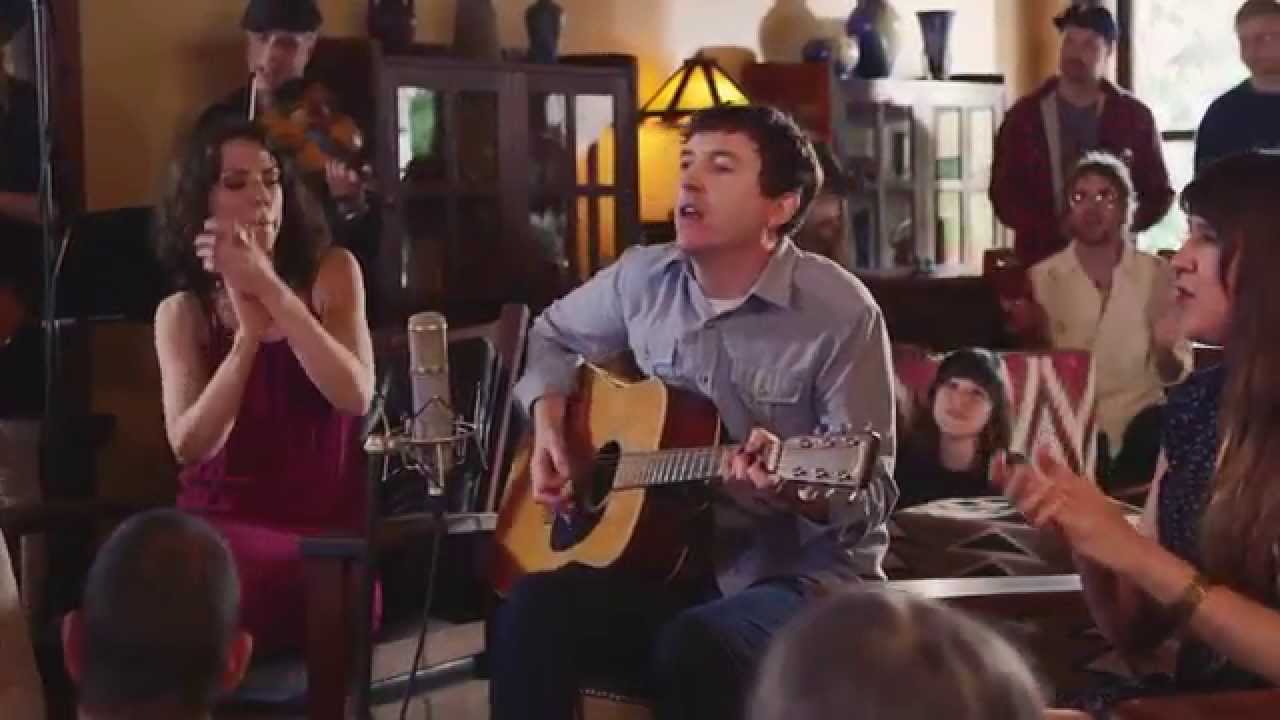
Cultural Echoes: Reflecting on Societal Progress
Let’s take a moment to reflect on the cultural echoes Do the Right Thing has sparked over the decades. Its lasting legacy is evident in series like Insecure (2016-2021) created by Issa Rae. The show provides nuanced portrayals of community and personal struggles, showcasing Lee’s commitment to authenticity. These narratives continue to shape discussions today, rooted in cultural specificity and social commentary.
By examining society through entertainment, creators are informed by Lee’s lessons. They advocate for dialogues that resonate in our current societal atmosphere, reminding us that the fight for justice is perennial. It’s truly astounding how a film from 1989 can continue to spark insights in 2026.
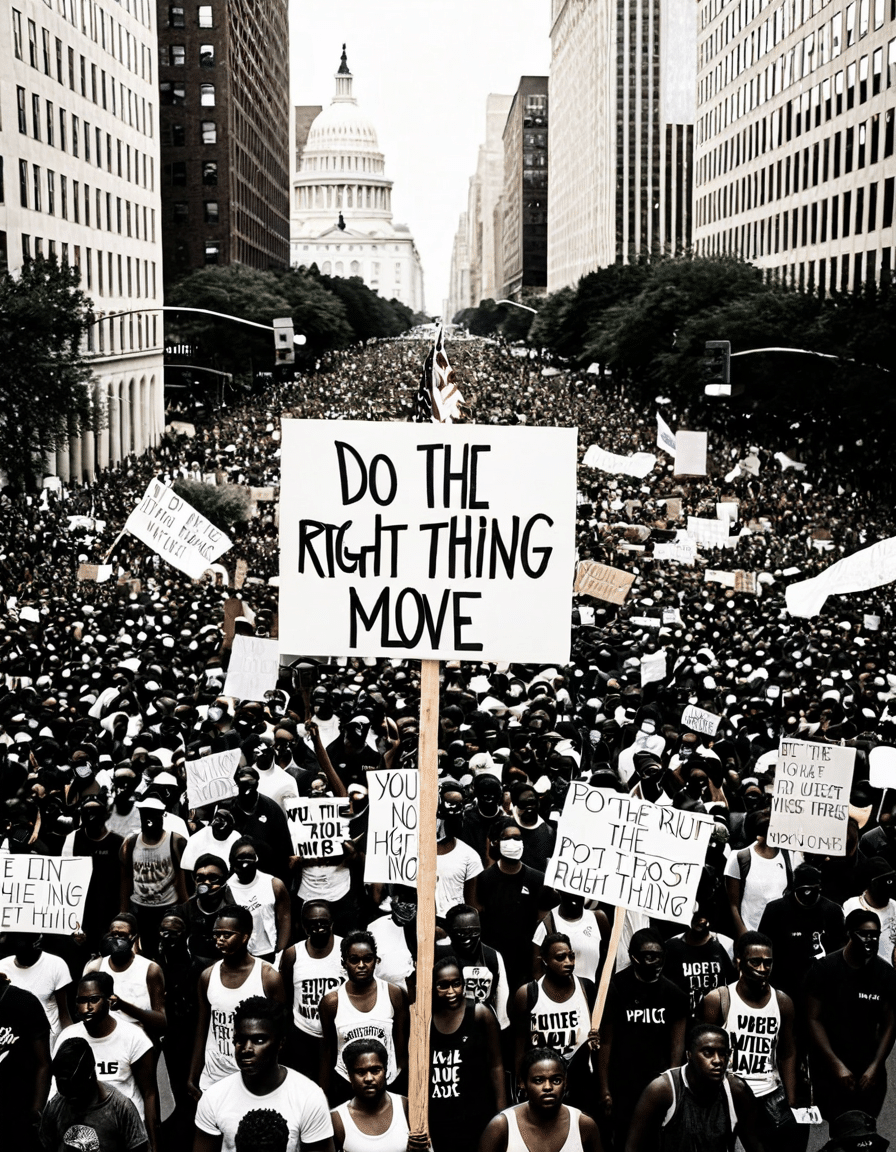
Embracing the Conversation: The Importance of Discourse
Ultimately, Do the Right Thing underscores the importance of making the right choices and the value of ongoing conversations about community, race, and identity. Through its raw portrayal of socio-political issues, it pushes us to reflect on our perceptions. As we wade through today’s complicated world, Lee’s work is a powerful reminder that our stories matter and that progress depends on our ability to engage in meaningful dialogues.
So, the next time you experience discomfort while discussing tough topics, remember that doing the right thing often starts with a conversation. If we take these lessons to heart, we’ll realize—and just like that, we were the lucky ones—because we chose to listen, act, and engage with the world around us.
In the end, Do the Right Thing isn’t just a title; it’s a call to action, a reminder to always choose compassion and responsibility in our everyday lives. Let’s make sure we keep that conversation going. What do you say?
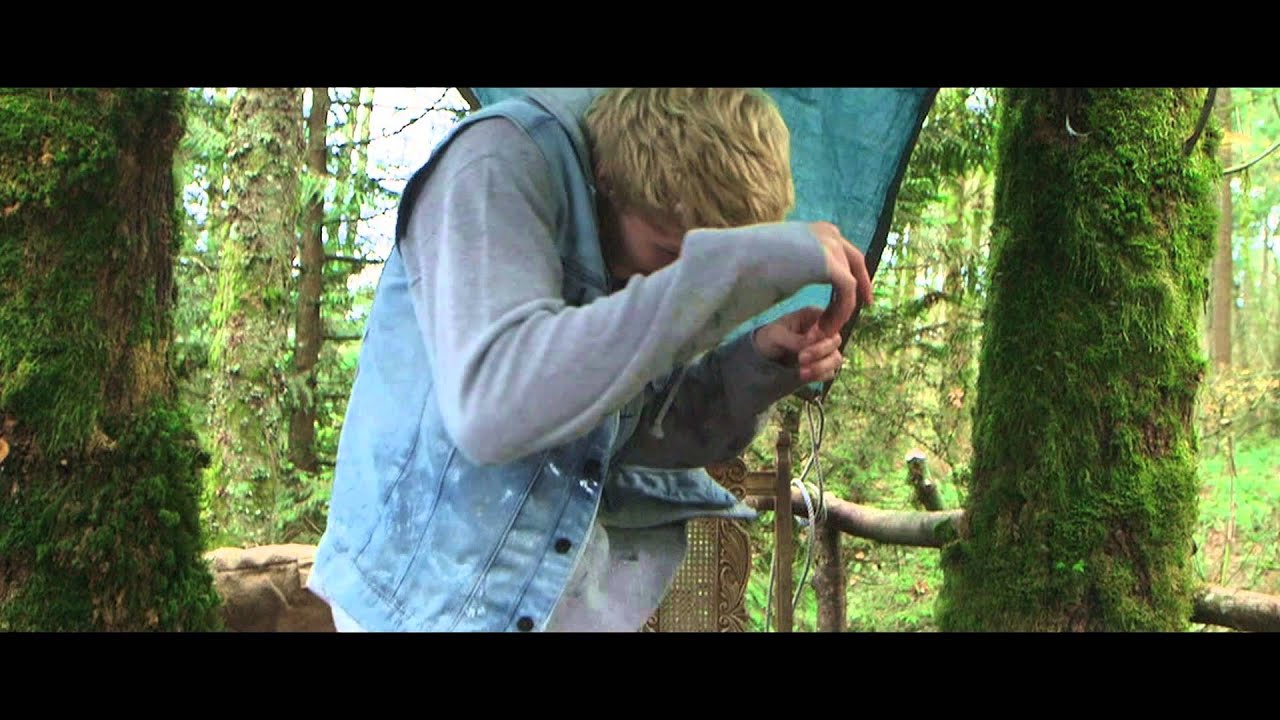
Do The Right Thing and Its Lasting Impact on Society
Behind the Scenes: A Cultural Phenomenon
“Do The Right Thing” isn’t just a film; it’s a snapshot of life that challenges viewers to reflect on social justice and prejudice. Spike Lee’s masterpiece made its mark by tackling hard-hitting themes that resonate maybe even more today than in 1989. While you might recognize some memorable scenes, one could argue that the film’s very essence stems from vibrant neighborhood dynamics, much like the unique flavors of cottage cheese: it has a lot more depth than its appearance suggests. What’s more, the cast featured a mix of established actors and fresh faces, fostering an authentic atmosphere. This approach helped it become a cultural touchstone, paving the way for films that followed, such as The Shawshank redemption, which also dives deep into the human experience but through a different lens.
Characters That Ignite Conversations
The film’s diverse characters are as unforgettable as the iconic figures from “Lord of the Rings.” Each character embodies a different facet of community life, prompting vital conversations and reflections on race and morality. For instance, Mookie – played by Lee himself – faces a pivotal moment that challenges his values and the very fabric of his neighborhood. Meanwhile, did you know that actors like Beth Riesgraf turned heads in other projects soon after gaining fame? Talk about talent blossoming in unexpected places! Just as every character adds depth to a fantasy epic, the individuals in “Do The Right Thing” collectively create a powerful narrative about societal structures that still feels relevant today.
A Legacy That Celebrates Authenticity
The impact of “Do The Right Thing” extends beyond its runtime; it continues to foster discussions on ethics and community relations. Its audacious take on racial tension resonates with many, striking a chord in various societal contexts. Interestingly, filmmakers often face challenges akin to a wrestler like Chris Jericho, who has had to adapt and reinvent himself throughout his career. Much like Jericho, Lee engaged with tough topics and managed to produce something that resonates deeply. Furthermore, the film’s unique visual style and bold narrative can be compared to grand productions like “Exodus: Gods and Kings, which also seeks to narrate universal truths albeit through epic tales. Every viewing of “Do The Right Thing” serves as a reminder of how art can challenge perspectives and ignite conversations, urging us to always strive to do the right thing.
